What’s Fueling Austin’s High-Flying CRE Market
An inside view of the dynamic Texas capital from PMA and Presidium executives.
The capital of Texas is having its moment. In addition to being the fastest-growing city in the nation, Austin has been the top pick for major corporate relocations and expansions, most notably Tesla and Oracle.
The central Texas city ranked seventh in CBRE’s most recent Scoring Tech Talent report, which ranks the markets most attractive for companies to do business in and most desirable for tech personnel to live in across 50 major markets.
READ ALSO: Austin’s Top 5 CRE Stories of 2021
In such a high-growth area, it’s no surprise Austin is leading the nation in new supply of office space. CommercialEdge data shows Austin had some 9.5 million square feet of space under construction as of December, representing nearly 11 percent of existing stock.
Project Management Advisors Inc. Vice President & General Manager Ross Anders and Presidium’s President of Mixed-Use/Master Plan Development Mark Bulmash expand on their views of how the city has attracted so much tech attention and what needs to be done to maintain sustainable growth.
How has Austin become a leading destination for so many tech companies?

Ross Anders, Vice President & General Manager, Project Management Advisors Inc. Image courtesy of Project Management Advisors Inc.
Anders: Austin is home to major technology companies, creating everything from personal computers to semiconductors, and has the world-class educational institutions nearby to train the talent that will drive the next wave of innovation in the tech industry.
There’s also a creative class in Austin and an emphasis on quality of life that is different from so many other sought-after cities nationwide. You’re not likely to find our mix of cultures and perspectives in many mid-sized cities. You get a true blend of the best of what Austin has to offer in a relatively small footprint.
Bulmash: People outside of Austin may be under the impression Austin is an overnight tech hub sensation, but this couldn’t be further from the truth.
Back in 1957, a group of city leaders established the Austin Area Economic Development Foundation with a goal of attracting companies that manufactured electrical and scientific equipment, according to A History of High Tech and Technopolis in Austin. The plan worked and subsequent generations of business leaders continued to court companies like IBM, Motorola and Samsung.
The tech industry has been further nurtured by the University of Texas Austin’s IC2 Institute, founded in 1977, a think tank which launched Austin Technology Incubator in 1982. ATI has since graduated more than 300 member companies and contributed over $3 billion economic impact to Central Texas.
What do you think sets Austin apart from other Texas cities?
Anders: It’s the culture that sets Austin apart. It’s a very active, outdoorsy urban environment. People jog and bike to work, kayak and paddleboard in their free time, and just generally enjoy an athletic lifestyle that is woven into the city’s appeal. We’re surrounded by nature preserves and a short drive will put you in the in the middle of rural Texas ranchland, with beautiful rivers, creeks, cliffs and canyons as opposed to tumbleweeds and desert.
There’s also great music, food and nightlife that is as diverse as the city itself. It’s often said that Austin is a part of Texas, but it’s more than Texas too. With so many transplants you get the diversity and blend of cultures that is more like what you would find in a large metropolitan area, but with the accessibility of an up-and-coming city.
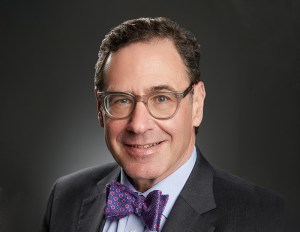
Mark Bulmash, President of Mixed-Use/Master Plan Development, Presidium. Image courtesy of Presidium
Bulmash: For starters, Austin courted and supported technology companies far earlier than other cities in Texas. But there were strategic advantages, even back in the 1950s when it began, as it’s always been home to the University of Texas at Austin, one of the best colleges in the nation. The culture here supports progress and innovation and has the brain power to pull it off. Combine that with inherent quality of life benefits and an appealing culture, and it’s simply a place people want to be.
The city has one of the largest office development pipelines relative to existing stock. How do you think new construction will integrate into the existing landscape?
Anders: There’s definitely an effort to help Austin’s existing buildings, many of which were built in the 1970s, look the part of a major technology hub. That means exterior facelifts and lobby renovations, but also pocket parks, which are springing up around downtown, especially along Congress Avenue. There’s an attempt to beautify building exteriors and provide outdoor gathering spaces for people who want to live, work and play downtown.
The reality is that many existing buildings are worth more for their potential than their current configuration. Land values in Austin are at an all-time high and building wider and taller to maximize every acre will likely continue outside of downtown, where height restrictions help keep the capitol dome a focal point. With new amenities-rich developments happening all over town, older buildings might be better off being rebuilt rather than repositioned.
Bulmash: New office should be symbiotic with the existing structures. Different businesses have different needs, and it’s healthy to have a wide range of options. New product also puts pressure on existing office space to make improvements that modern-day tenants find appealing, which is ultimately a win for office users and their employees.
How do you think new land code initiatives will facilitate the metro’s expansion?
Anders: CodeNext lost momentum in 2018 and other development code changing ideas are out there, but in the meantime, improving transportation, which is one of the major goals of both Project Connect and Mobility35, is a top priority for the city and state. It will take several years for these initiatives to be brought to life through studies, design and construction, and it will only help with our city’s continued growth and addressing our housing shortage. These are all positive and exciting steps in the right direction. The city is expanding highways and major thoroughfares to improve traffic congestion.
Project Connect, which will expand the city’s light rail, bus and biking systems, has also been funded recently with an initial investment of $7.1 billion. And there’s community support behind these projects, which will expand access to all areas of the city and improve residents’ quality of life. One of the biggest changes that has happened in the city is an embrace of its growth and the benefits it can deliver, rather than opposing the growth trend.
Bulmash: Rewriting Austin’s outdated land code will be essential in determining where and how growth can occur. Tesla is proof that large tech companies can and will find workable locations in the region. Central Texas has no shortage of land or people wanting to live here.
Austin’s current land code hasn’t been substantially updated since the 1980s, meanwhile the city has evolved in so many ways since then, not the least of which has been a population that’s grown more than 80 percent in that timeframe. Austin’s population was roughly 383,000 people in 1980 and is now more than 2.1 million people.
Austin leaders should come together to help ensure the growth is guided to locations in ways that can be best supported. That frequently favors growing up instead of out and allowing for additional nodes of density, as it did with The Domain, which now enjoys the moniker “Austin’s second downtown.”
What are the most critical issues local authorities need to address to sustain Austin’s economic growth?
Anders: Transportation and infrastructure are two that come to mind, but also development code changes to help with density and housing issues. We have to take care of our community and that means investing in projects that improve Austin for everyone who lives, works and visits here. That’s true at any time, but especially now, as we sit at an inflection point between midsized city and world-class tech hub.
The current growth rate in Austin is around 150 people moving in every day. Our Austin metro area is now up to 2.3 million residents, up 34 percent from 2010. That presents a lot of opportunities for new single and multifamily housing, new office and residential towers and just more construction in general. But Austin is not immune to the construction labor shortage that is evident around the country. There has to be an effort to keep talent in all industries in Austin, and that means finding ways to keep the city affordable.
Bulmash: Austin’s two most pressing issues are increasing the level of housing and mobility, and they go hand in hand. Austin’s population has roughly doubled in size every 25 years since it was it was founded in the 1800s and shows no sign of slowing down. The city’s housing supply hasn’t kept pace, especially in recent years, triggering affordability issues for too many hard-working people. Austin leaders should take a forward-thinking approach and decide the best locations for density as well as transportation options to help people get from housing to employment centers.

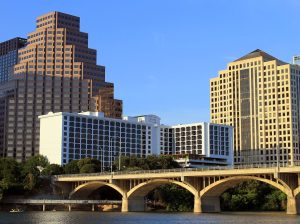
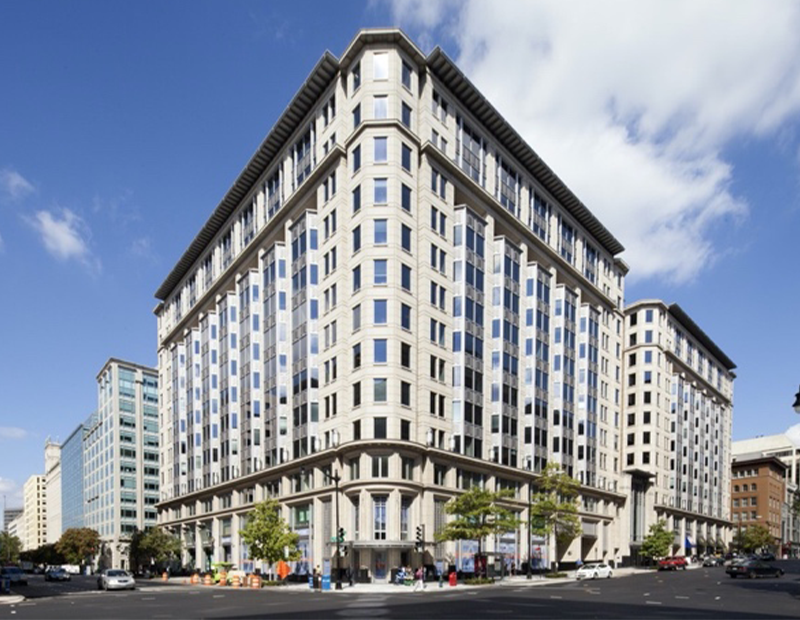

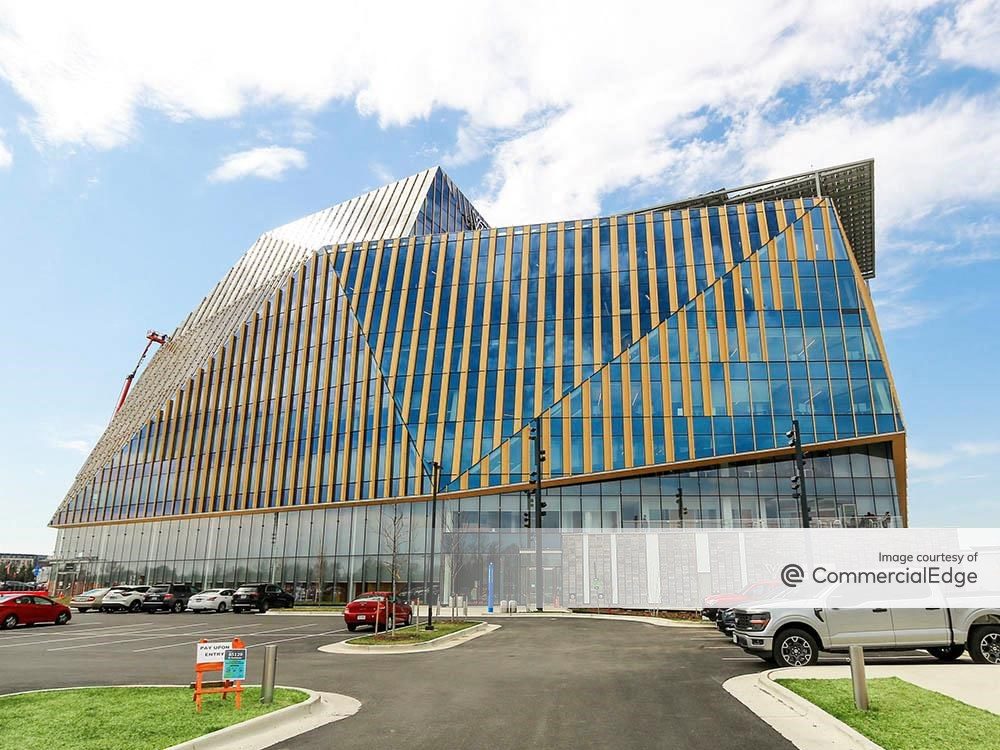
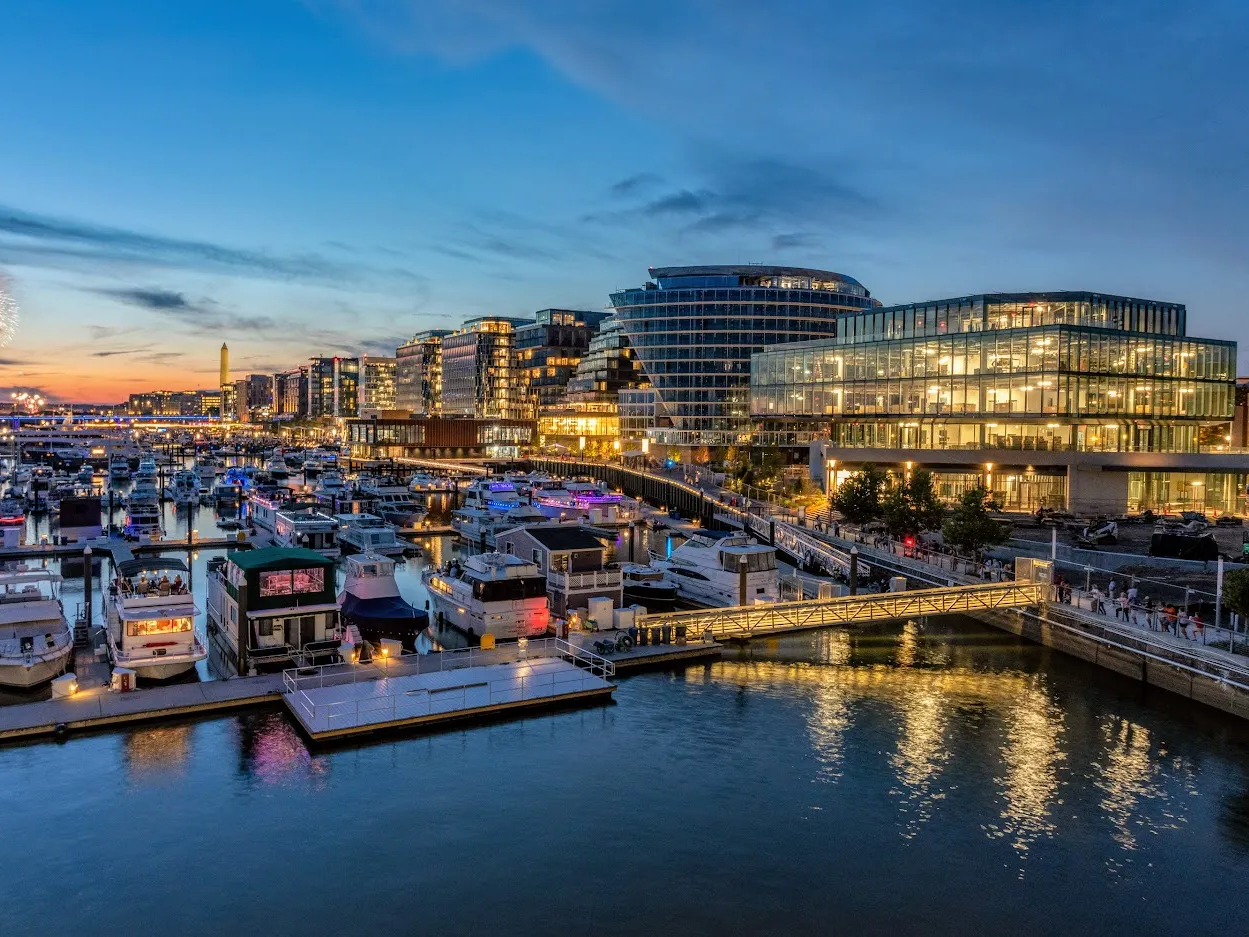
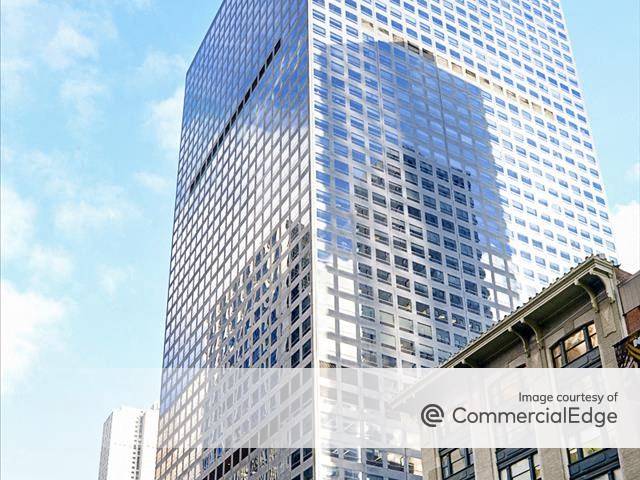
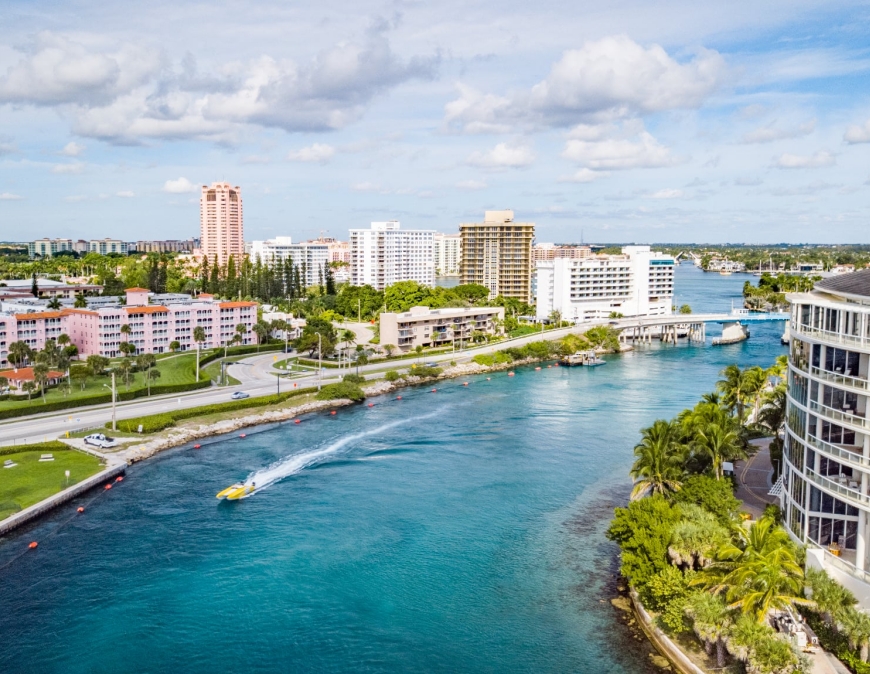
You must be logged in to post a comment.